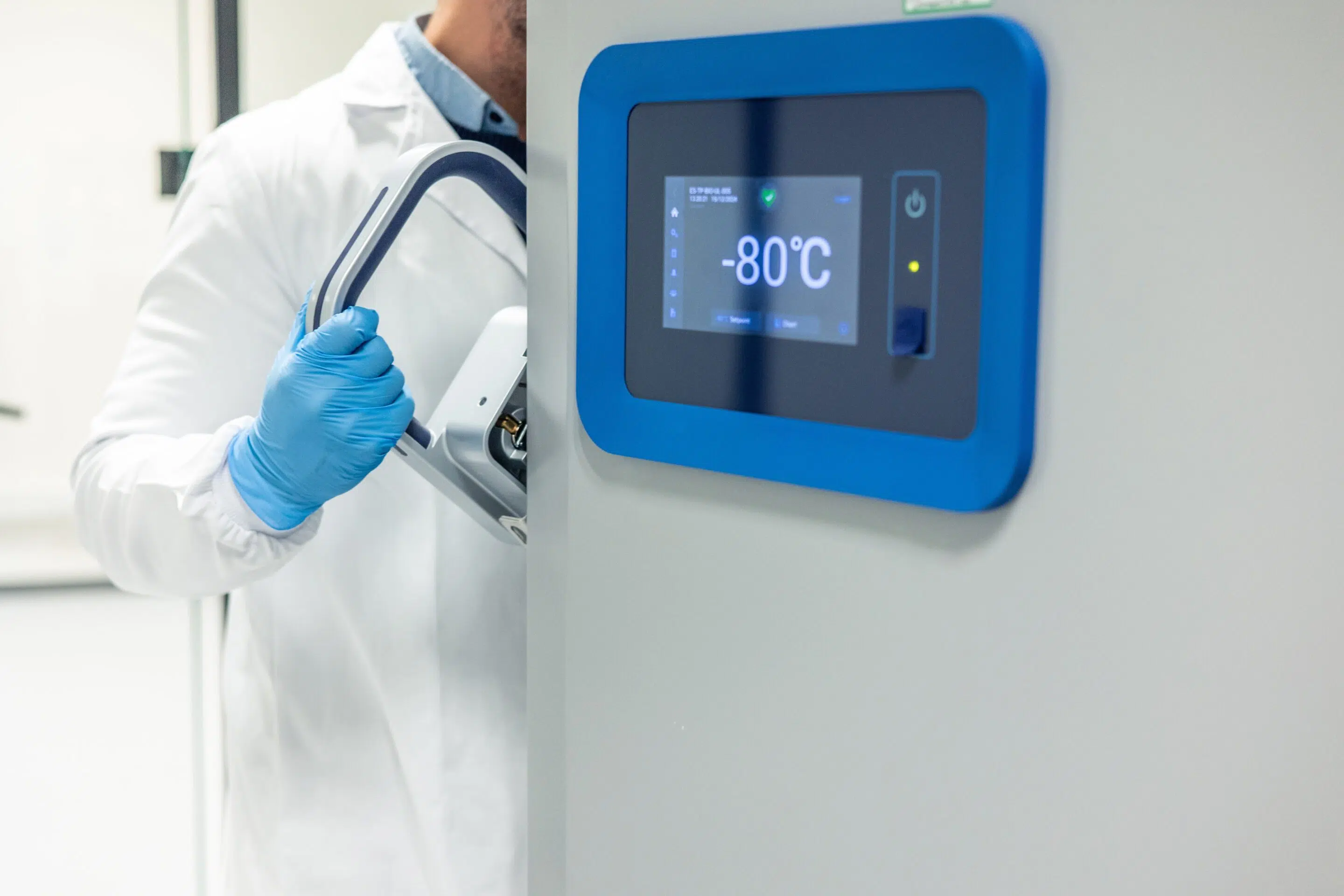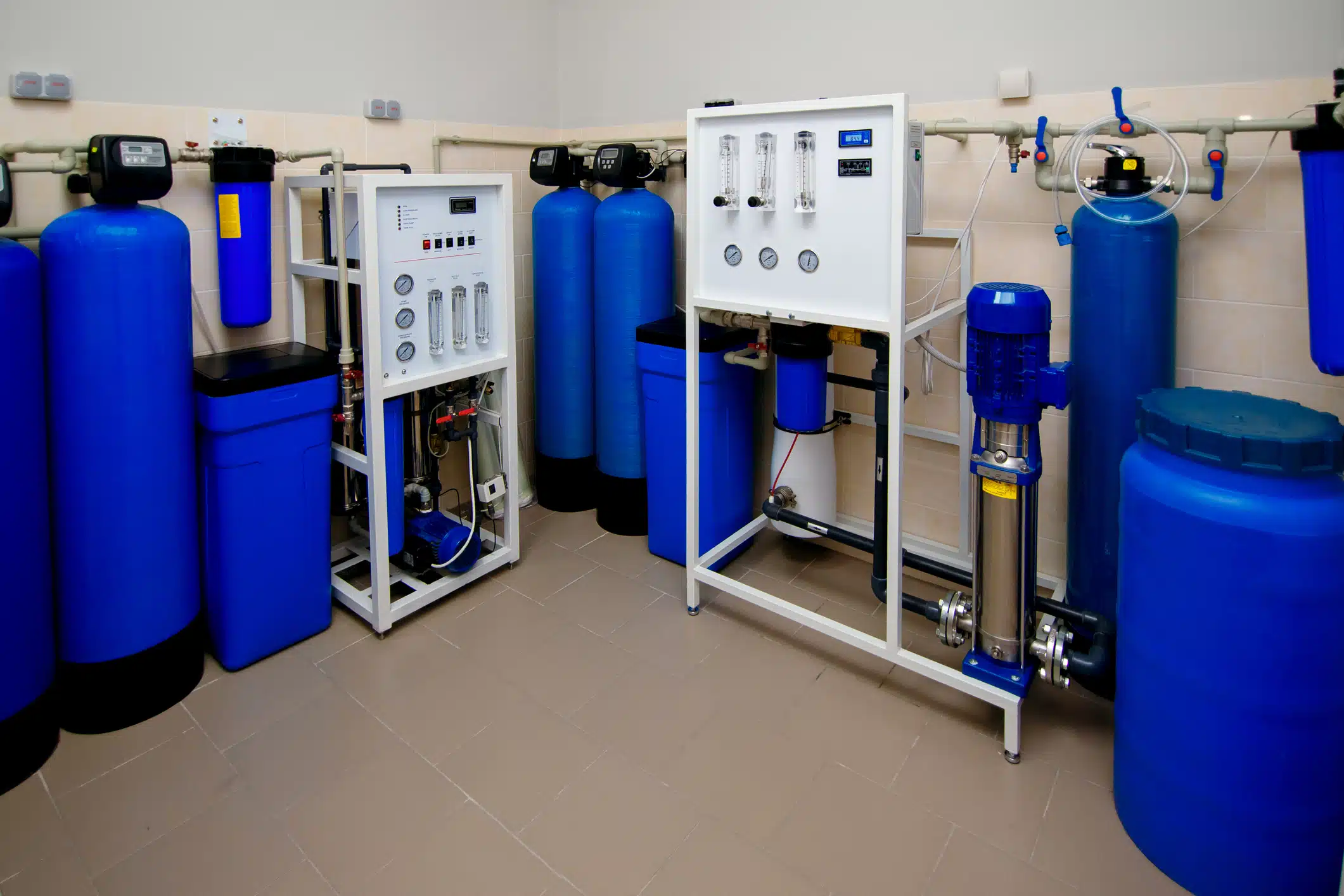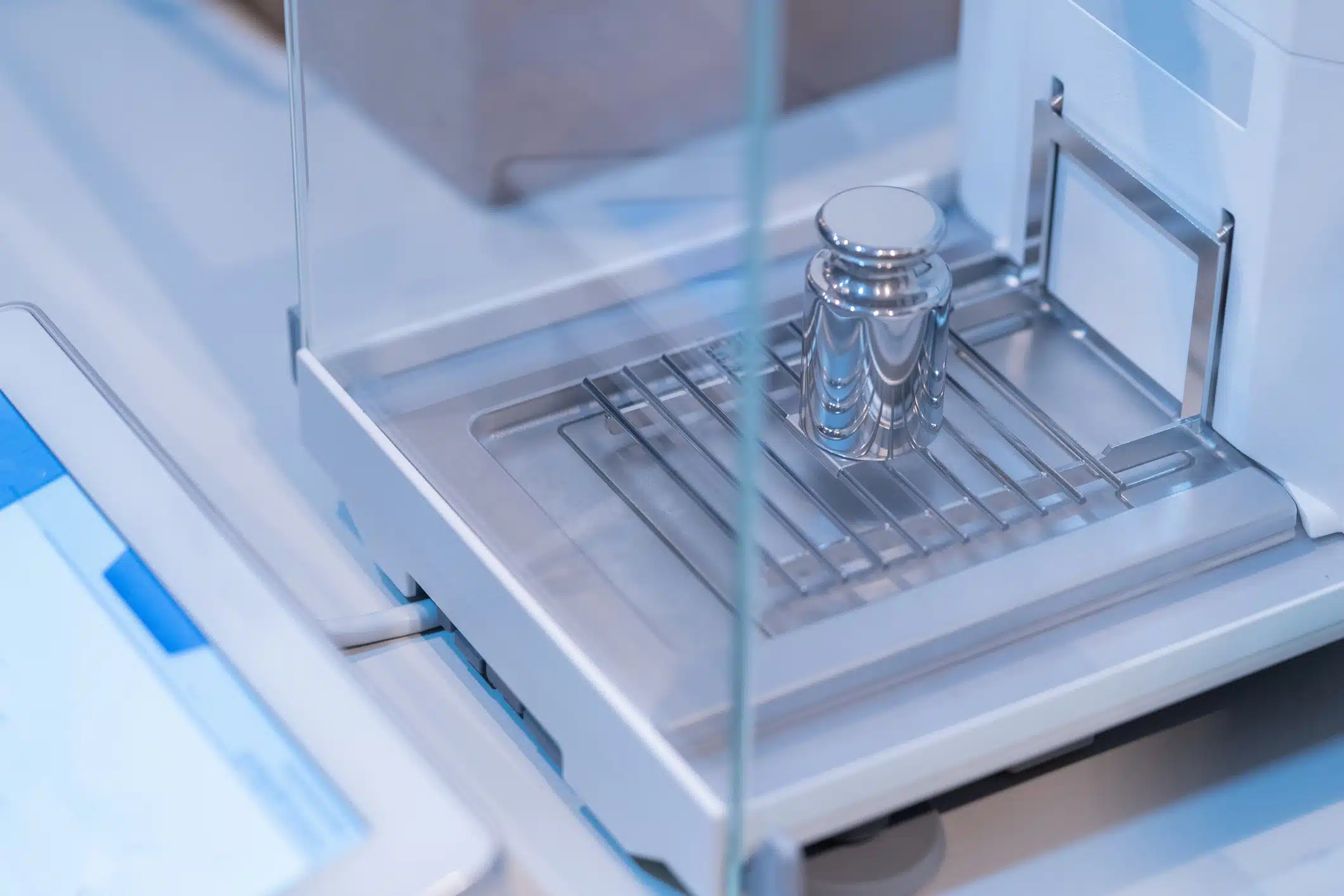Laboratory refrigerators and freezers are critical for preserving samples, reagents, and other temperature-sensitive materials. When these units malfunction, it can jeopardize research integrity, leading to costly losses of time, resources, and samples. The guide below outlines some of the most common issues encountered in cold storage units and provides basic troubleshooting steps. For complex problems, always consult your service provider for proper maintenance and repair.
Common Issues and Troubleshooting
Temperature Fluctuations
Symptoms:
- Internal temperature is higher or lower than the setpoint
- Frequent temperature alarms
Possible Causes:
- Blocked air vents due to overloading
- Door not sealing properly
- Dirty condenser coils
Troubleshooting:
- Ensure proper airflow by packing the unit properly
- Check door gaskets for wear and damage
- Have condenser coils cleaned regularly to maintain efficiency
If temperature issues persist, contact your service provider for a comprehensive assessment.
Ice Buildup
Symptoms:
- Frost accumulation on interior surfaces
- Difficulty opening or closing doors
Possible Causes:
- Frequent door openings
- Damaged door seals allowing moisture to build
Troubleshooting:
- Minimize door opening and ensure they are closed tightly
- Inspect door gaskets and have faulty ones replaced
- Defrost the unit according to the manufacturer guidelines
Persistent ice buildup may indicate deeper issues; consult your service provider for further evaluation.
Unusual Noises
Symptoms:
- Buzzing
- Clicking
- Rattling
Possible Causes:
- Loose components or panels
- Malfunctioning compressor or fan
Troubleshooting:
- Ensure that the unit is level and components are securely fastened
- Clean fan blades and check for obstructions
Disclaimer: When inspecting the cold storage fan blades, always exercise caution. Always ensure the unit is turned off and you are wearing the proper PPE for the job.
If noises continue, contact your trusted service provider to inspect the unit.
Water Leakage
Symptoms:
- Puddles forming around the unit
Possible Causes:
- Clogged or frozen drain lines
- Excessive humidity or door seal issues
Troubleshooting
- Check and clear drain lines as per the user manual
- Ensure door seals are intact and function properly
For unresolved leaks, seek assistance from your service provider to prevent water damage and ensure unit integrity.
When to Contact a Professional Service Provider
While basic troubleshooting can resolve minor issues, certain situations require professional intervention:
- Persistent temperature deviations despite corrective actions
- Repeated or unexplained alarms
- Signs of refrigerant leaks or compressor failure
- Electrical issues or power supply problems
By working with qualified service engineers, you ensure that repairs are conducted safely, professionally, and correctly.
In Conclusion
Maintaining optimal performance of laboratory refrigerators and freezers is essential for the integrity of research and safety of stored materials. Regular monitoring and basic upkeep can prevent many common issues. However, for complex problems or routine preventative maintenance, it is crucial to rely on professional services.
MarathonLS offers expert preventative maintenance, calibration, and repair services tailored to laboratory cold storage units, and much more. Their qualified team of field service engineers ensure that equipment operates efficiently, minimizing downtime and protecting valuable research.




